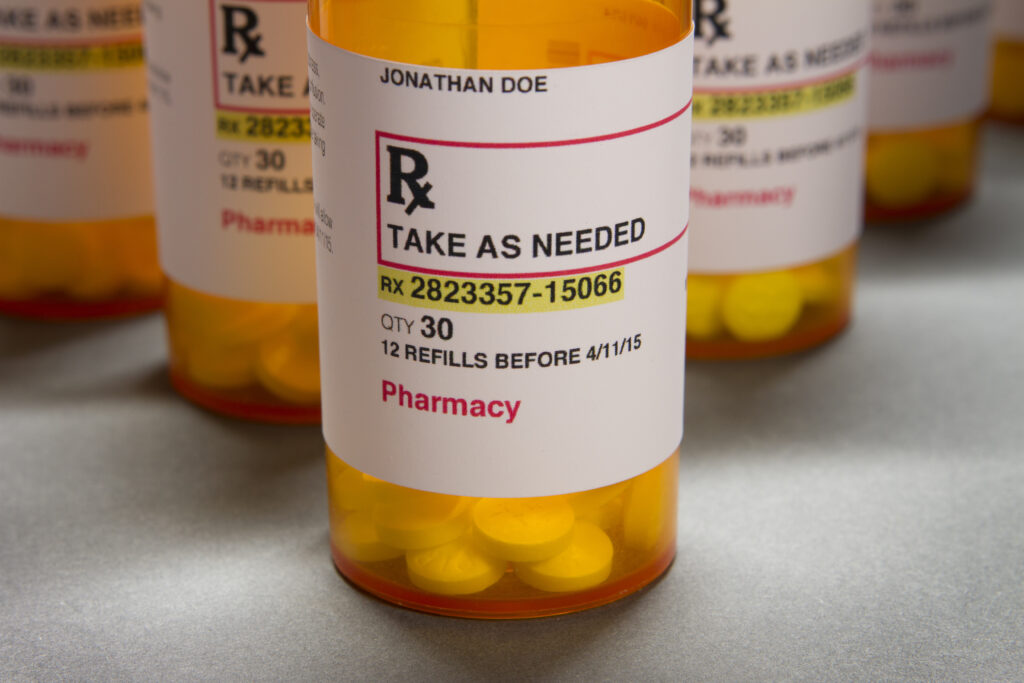Abstract:
The United States is facing its worst drug overdose epidemic in US history, driven by a quadrupling in death rates from medically accessible prescription opioid pain relievers since 1999—not cocaine, heroin, or the other illicit products that have driven these numbers in the past. While the scale of the problem in the United States is substantially larger than that of other countries, it is not alone in its struggle with prescription opioids, as numerous Western countries, including Canada, Australia, Spain, and the United Kingdom, are now showing evidence of a struggle with rising abuse and misuse rates. In this chapter, we discuss how opioids are an atypical addictive good, not because of their pharmacological properties but because of the unique markets in which they can be traded (legally for some, illegally for others). We describe the main theories explaining the explosion in opioid misuse in the United States as well as the primary public and private policies that have been attempted to reduce the supply, demand, and harms associated with these drugs.
Full study available here.
Citation: Powell, D., & Pacula, R. L. (2017). Prescription opiates and opioid abuse: Regulatory efforts to limit diversion from medical markets to black markets in the United States. In Dual markets (pp. 37-54). Springer, Cham.
